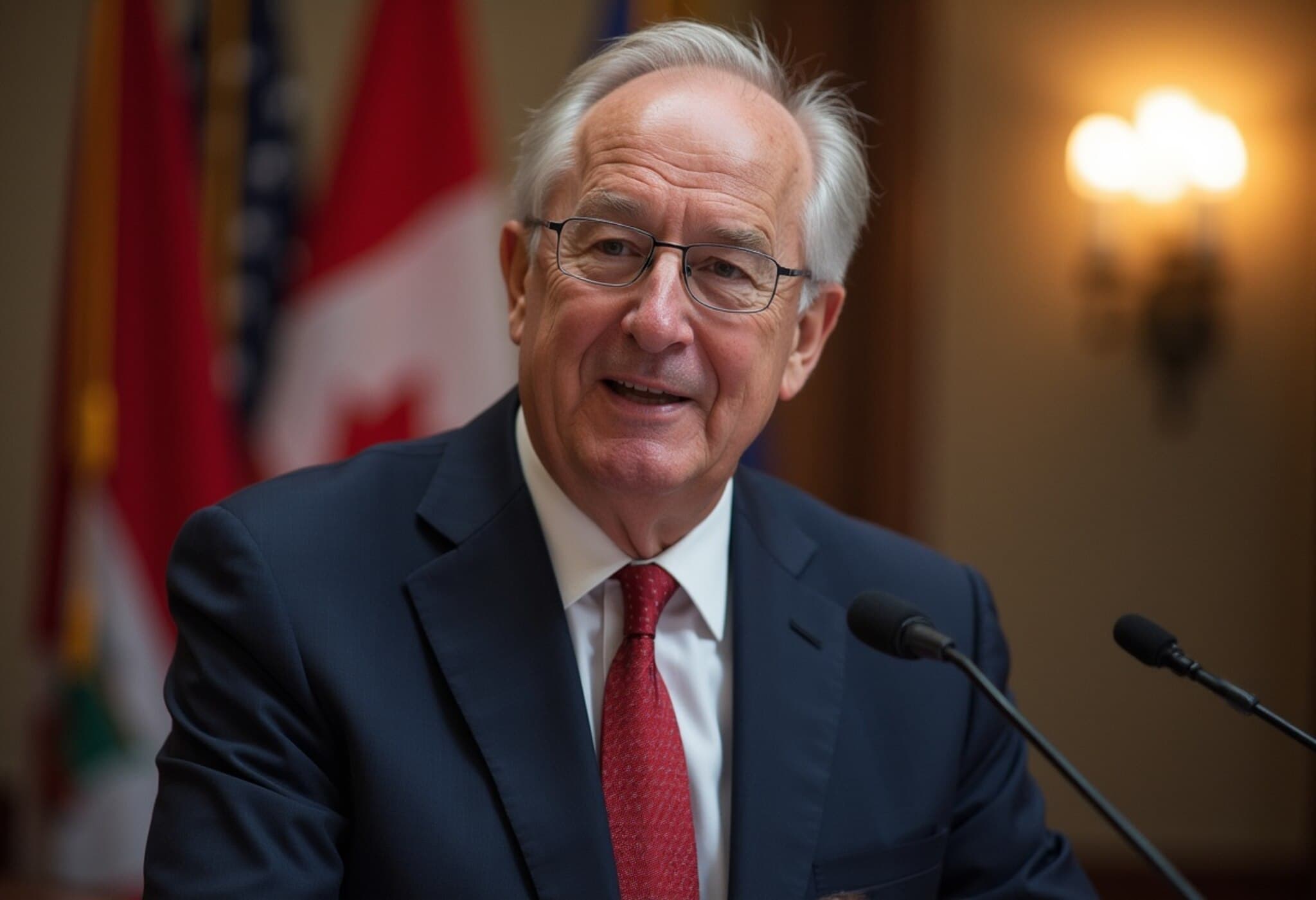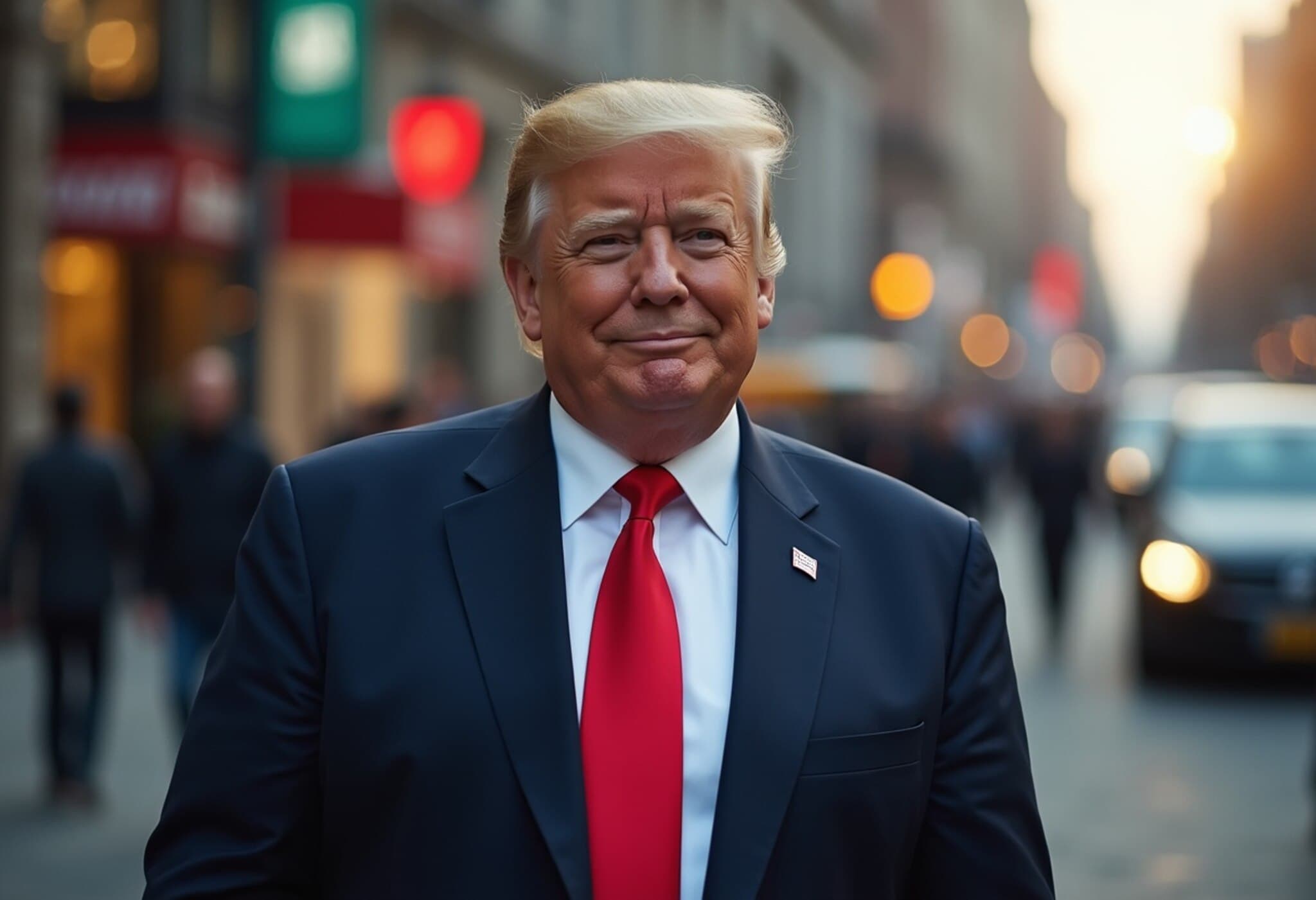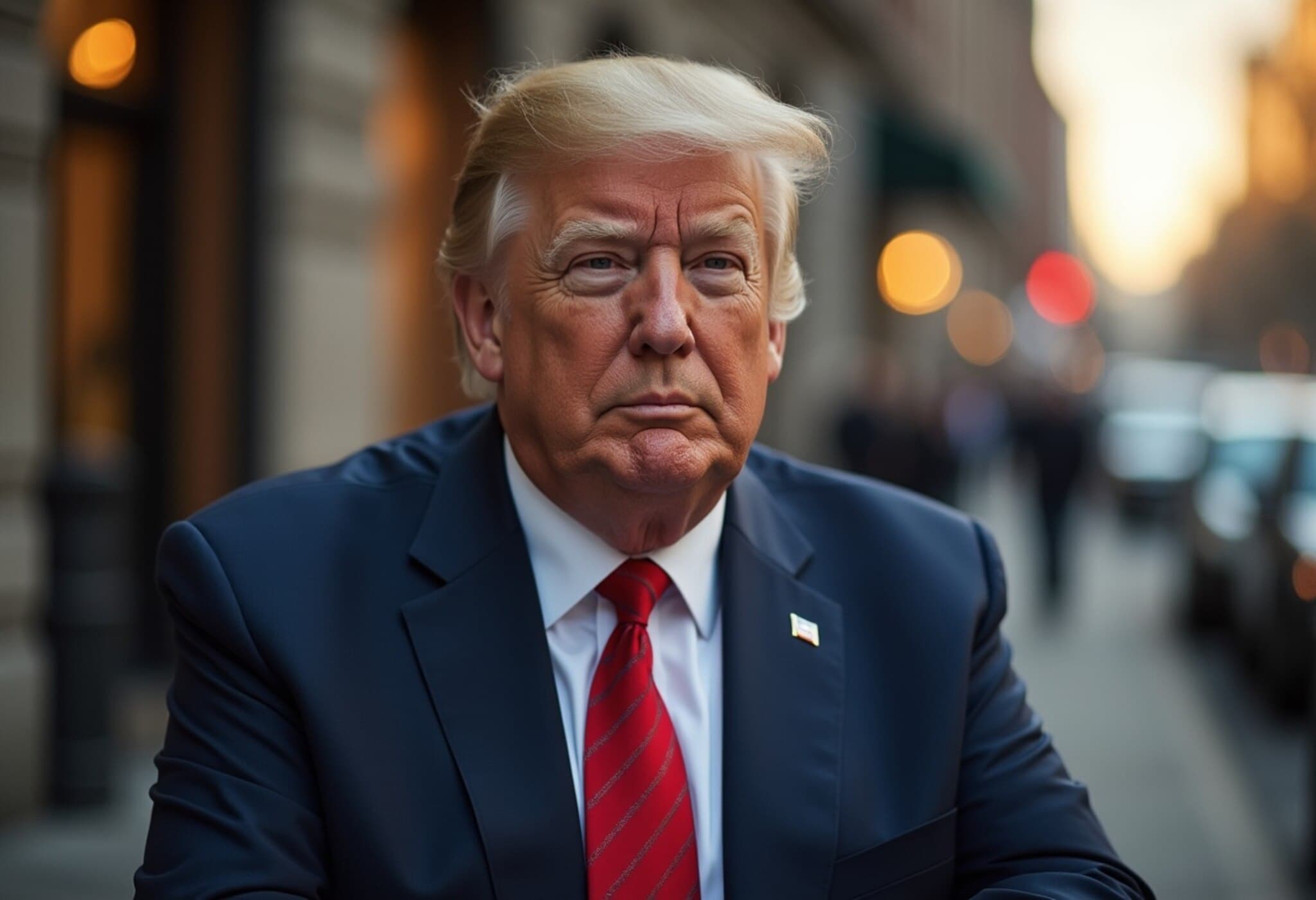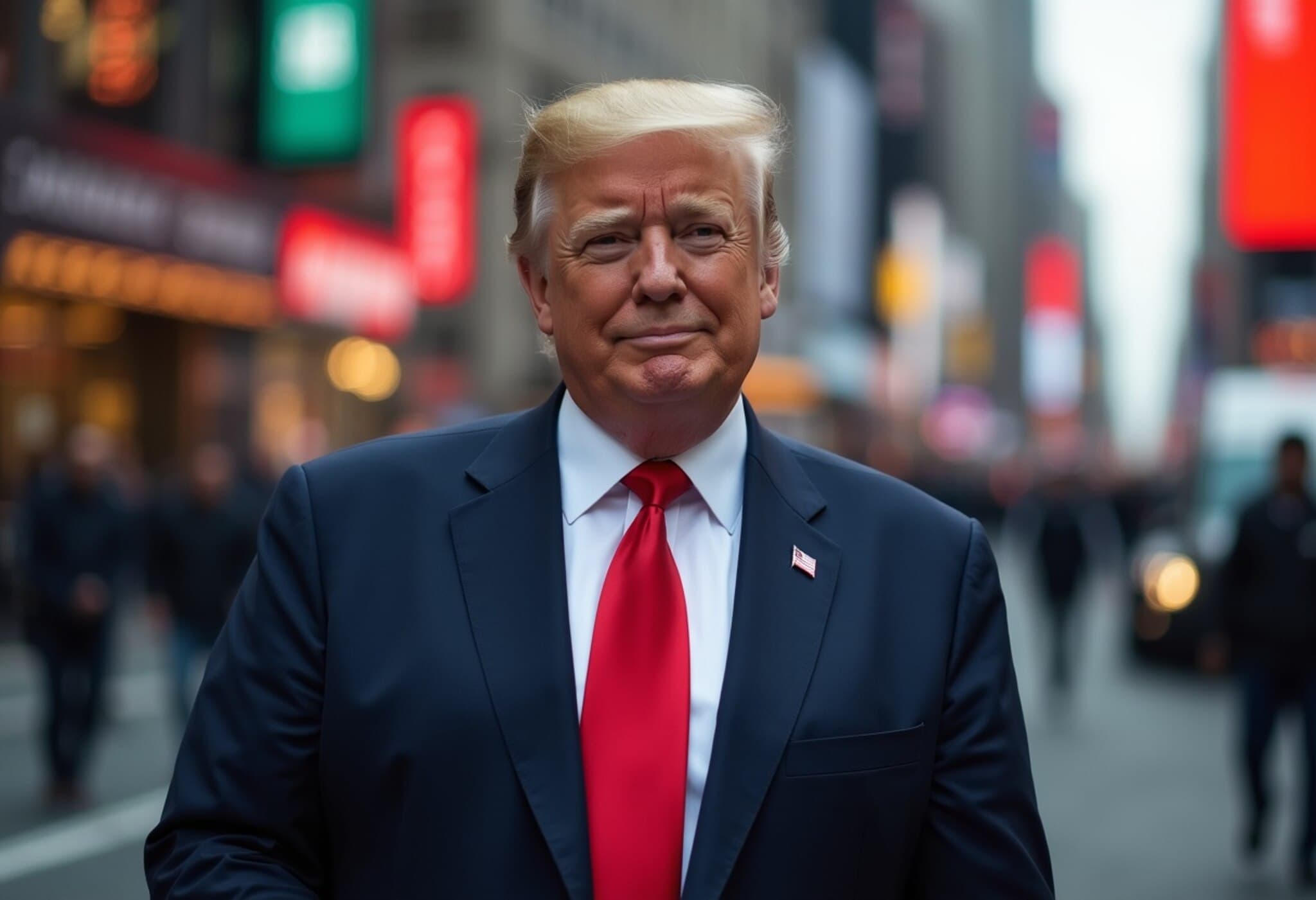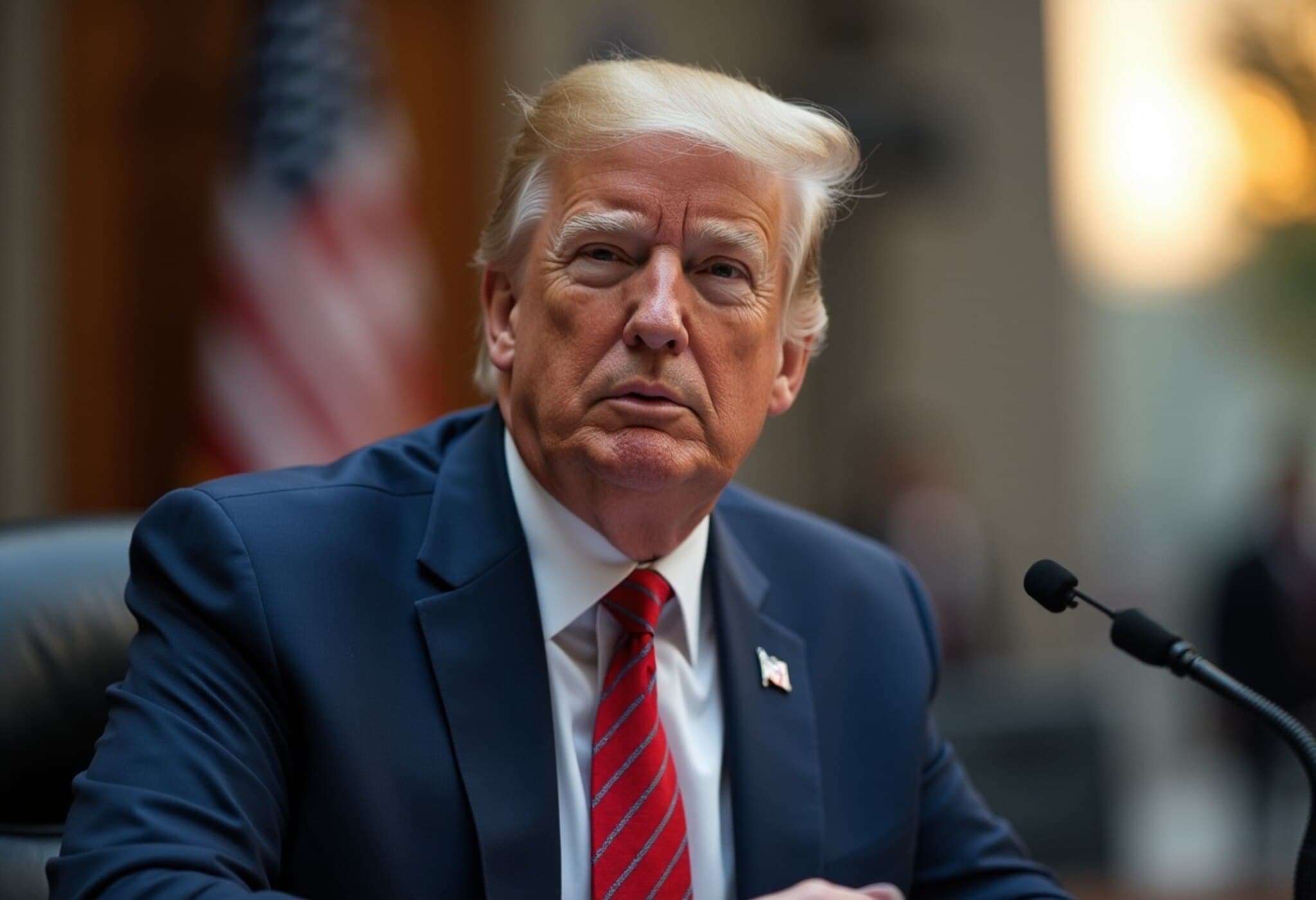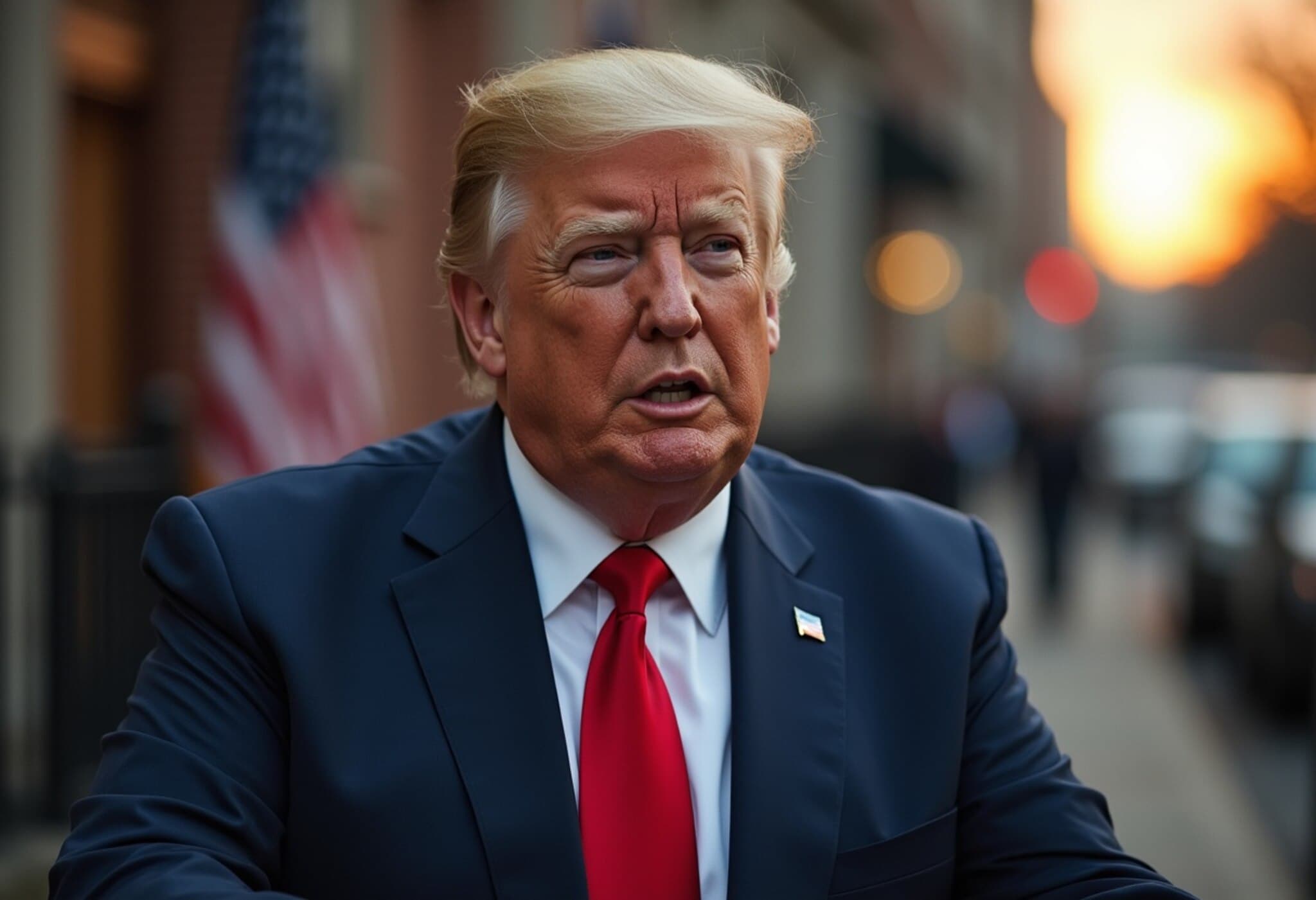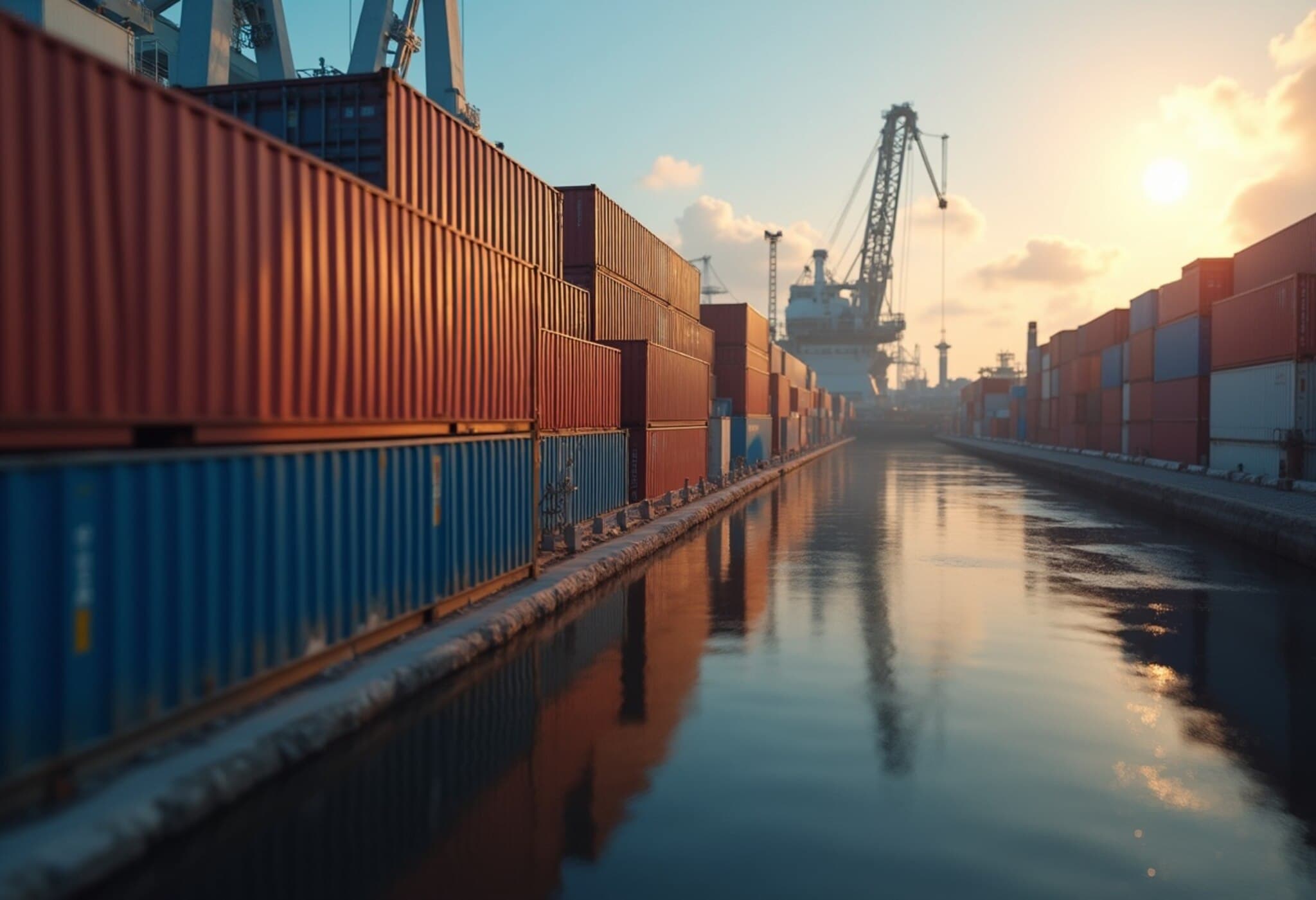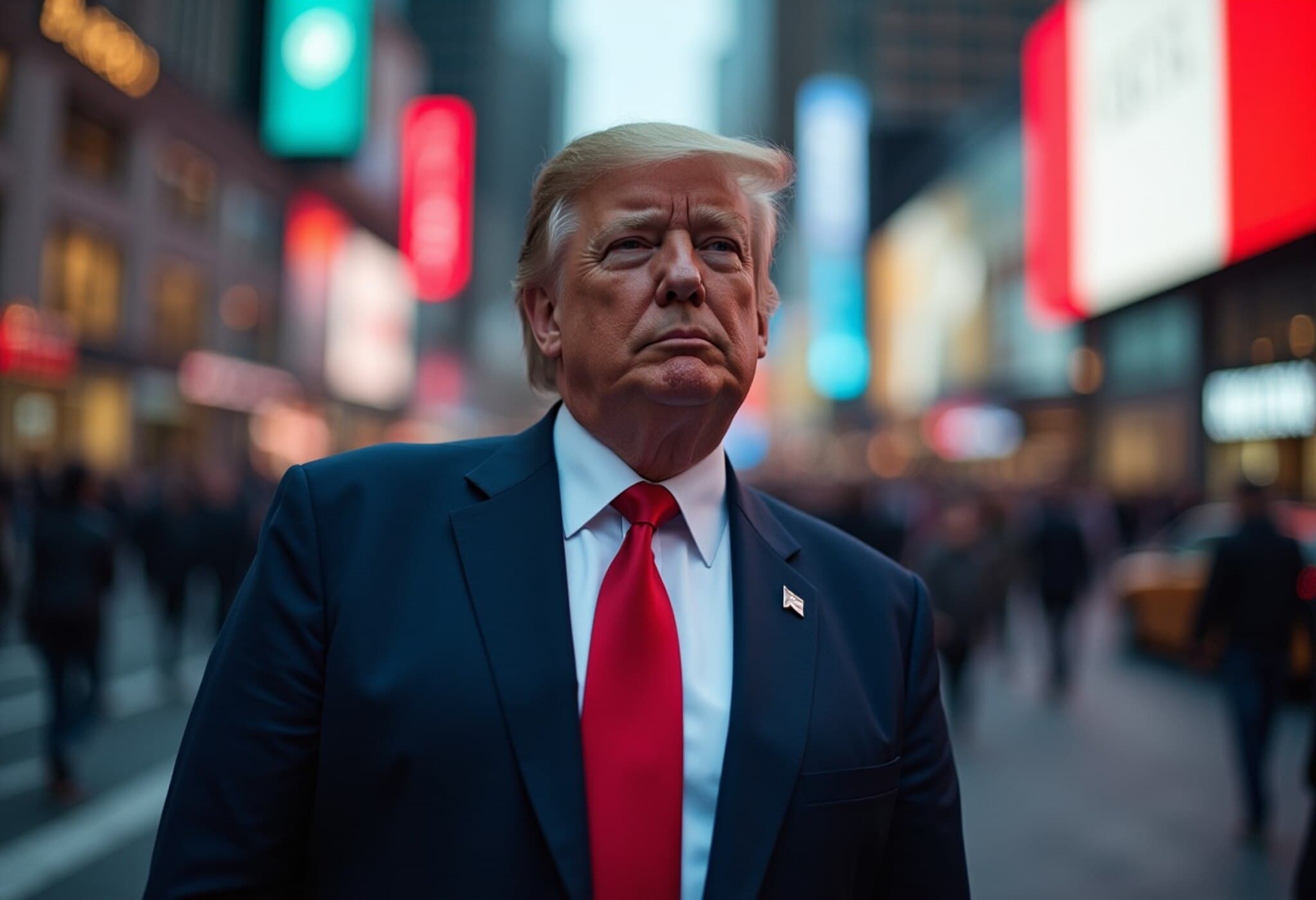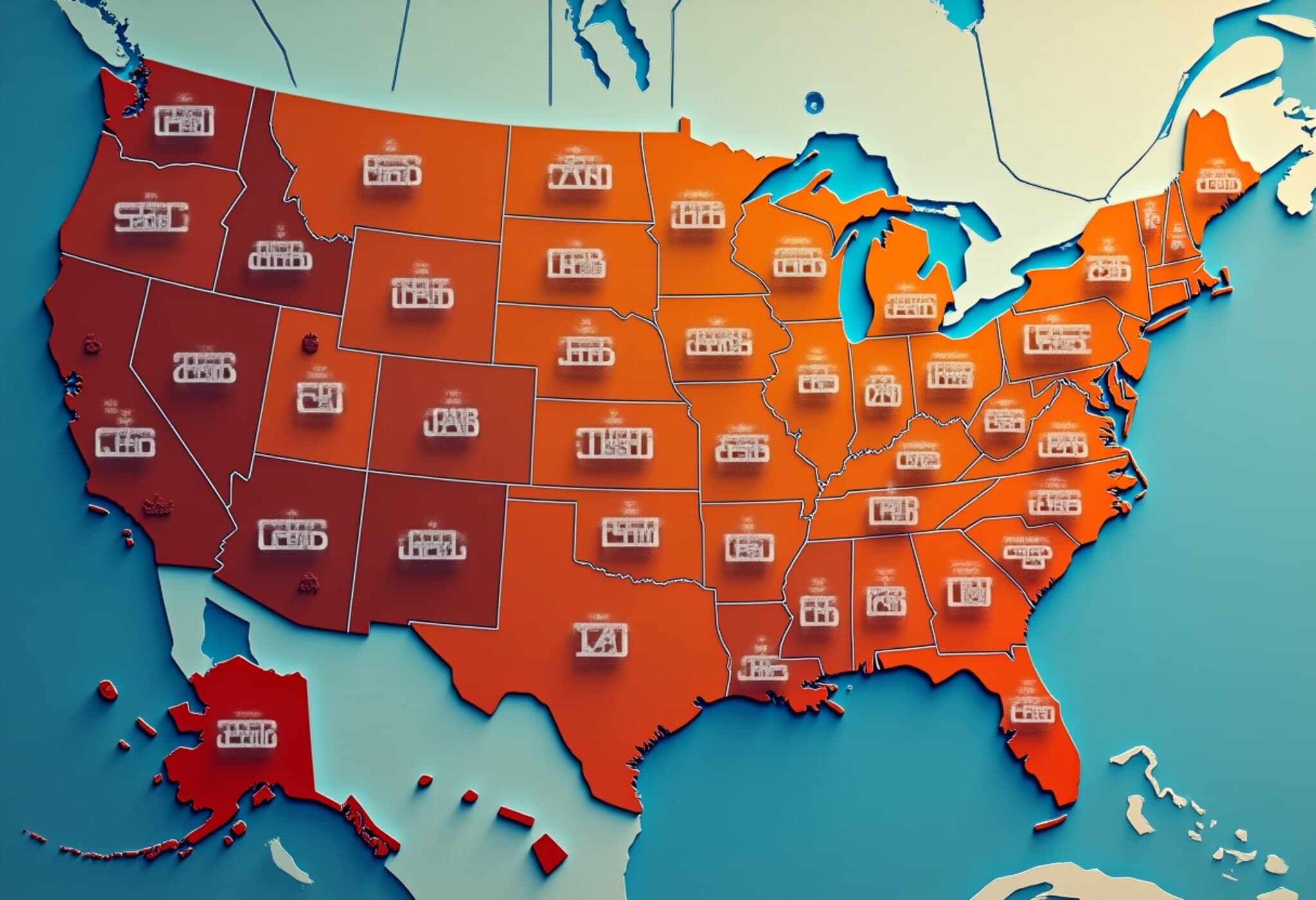Inside America's Tariff Shield: Foreign Trade Zones and Bonded Warehouses
Amid the escalating global trade tensions and the costs wrought by tariffs, U.S. companies are turning to a lesser-known but powerful tool to safeguard their cash flow: Foreign Trade Zones (FTZs) and bonded warehouses sanctioned by U.S. Customs. These special zones provide firms with a financial lifeline, allowing them to hold goods duty-free and defer tariff payments — sometimes indefinitely — until products officially enter U.S. commerce.
The Historical Roots of Foreign Trade Zones
Foreign Trade Zones aren't a new invention. Their origin traces back to the Great Depression era during a time when high tariffs, like those under the infamous Smoot-Hawley Tariff Act reaching up to 53%, threatened international trade. Congress created FTZs to stimulate export activity and soften the economic blow. Today, the United States boasts approximately 2,240 FTZs across all 50 states, serving as essential buffers in the current trade war environment.
How FTZs and Bonded Warehouses Offer Tariff Relief
- Products can be imported into these zones and stored without immediate payment of customs duties.
- Inside an FTZ, companies can alter, assemble, or manufacture products — duties are only applied once the goods exit the zone into U.S. commerce.
- Unlike bonded warehouses, which have a storage limit of up to five years, FTZs can hold goods indefinitely.
This creates what industry experts call a tariff bubble, insulating companies from paying upfront tariffs while allowing for greater flexibility in supply chain management. As Jason Strickland, a logistics expert at Givens Logistics, explains, "FTZs and bonded warehouses essentially free up a company's cash flow. They provide breathing room in an uncertain tariff landscape when companies want to avoid locking cash into duties that could change in weeks or months."
Tariff ‘Inversion’ Benefits and Their Waning Impact
Previously, some manufacturers benefited from an "inverted tariff" rule within FTZs, which allowed companies to pay lower duties on finished products than on individual imported components. This offered a financial edge to sectors like automotive, aerospace, and pharmaceuticals.
Notable companies leveraging FTZs include automakers General Motors, Ford, and Toyota, and industry giants like General Electric. During the COVID-19 pandemic, Pfizer utilized FTZs to manufacture and store its vaccine components duty-free until regulatory approval.
However, recent executive changes under the Trump administration eliminated this inverted tariff benefit, causing ripple effects. For example, Regent Tek Industries, a maker of liquid road markings, now faces increased costs and supply challenges, with President Helen Torkos lamenting the 7% tariff increase that disrupts their manufacturing process.
Why Companies Are Flocking to Bonded Warehouses
With the loss of some FTZ benefits, many companies have pivoted toward bonded warehouses. Unlike FTZs where duty rates are locked in upon entry, bonded warehouses allow companies to store goods under higher tariffs but then pay whichever tariff is lower when goods are released — a critical flexibility if tariffs decrease.
Strickland describes the trend as "through the roof," underscoring how the bonded warehouse model protects companies’ cash reserves and hedges against unpredictable tariff fluctuations.
Economic and Policy Implications
These mechanisms not only stabilize corporate finances but also influence broader economic dynamics:
- Supply chain resilience: FTZs and bonded warehouses allow companies to weather tariff volatility without immediate financial strain.
- Trade policy navigation: They act as practical countermeasures enabling businesses to adapt to shifting tariff regimes, especially crucial in the American context where tariffs have become more politically charged.
- Cash flow optimization: By deferring duty payments, businesses can allocate capital to innovation, operations, and workforce rather than immediate tax liabilities.
Yet, these zones also raise important questions about the equity and long-term efficacy of tariffs as policy tools, considering some firms can defer or reduce payments through FTZs, potentially undermining intended protective measures for domestic industries.
Editor’s Note
Foreign Trade Zones and bonded warehouses represent a critical yet underappreciated facet of the U.S. trade ecosystem. As tariffs continue to shape corporate strategies and global commerce, these zones offer a complex blend of financial relief and policy challenges. Readers are encouraged to consider how evolving trade policies will impact not only headline industries but also the nuanced mechanics companies rely on to stay competitive.
Is the use of FTZs a sustainable workaround—or does it signal the need for more balanced trade policies that reflect modern supply chain realities?





